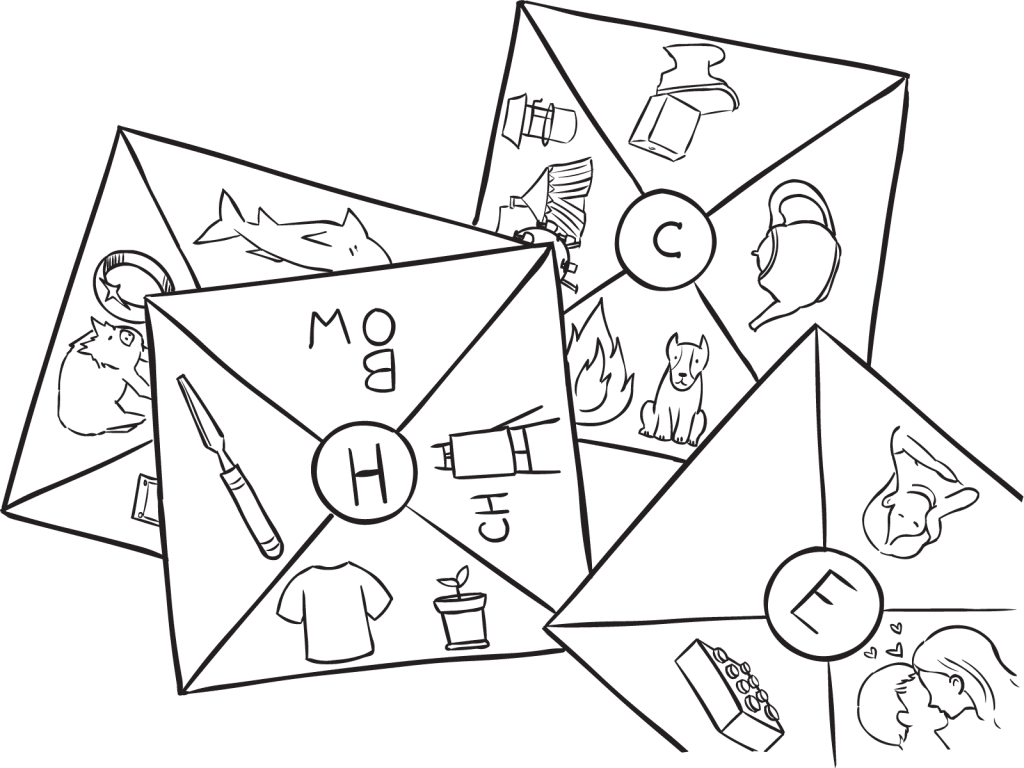Save to Playlist
Step-by-Step Instructions
Resources Premium
How To Play Narrative Premium
Practical Leadership Tips Premium
Social-Emotional Learning Premium
Health & Wellness Programming Premium
Popular Variations Premium
You Might Also Like... Premium
Useful Framing Ideas Premium
Reflection Tips & Strategies Premium
Source Premium

No Props No Problem
Brand NEW book featuring 150+ outrageously fun group games & activities. Scan QR codes to connect to tons of digital content including video tutorials.
Add to Cart
NEW – No Props No Problem
The best-selling book featuring 150+ outrageously fun group games & activities. Scan QR codes to access exclusive digital content including video tutorials.

Free Ice-Breakers & Group Games
Ten of the best no-prop, interactive ‘get-to-know-you’ games & activities. 100% fun, your group will love ’em. Our most successful giveaway, 10,000+ downloads so far…
Top Ten Icebreakers & Group Games
Download our free 28-page ebook jam-packed with outrageously fun activity ideas.
Just one more question:
I am interested in…
Choose a plan that’s right for you
We offer a range of membership plans with no surprises.
Click an option below & discover our simple pricing.

Individual
Click here if you’re a:
- Teacher
- Corporate trainer
- Outdoor educator
- Camp leader
- Youth leader
- Conference organiser
- Therapist/counsellor
Membership Plans

Enterprise
Click here if you represent a:
- School
- Corporation
- Community-based Organisation
Explore plans for
10, 50, 200 or more
potential users
Membership Plans






I used this for years 8 to 10 yesterday and they all loved it, I loved seeing the students who don’t normally shine, totally nail it.
This a such great news Michelle, thanks for sharing. Keep an eye out for a new Connectiles puzzle that is designed purposefully for 12-18 year olds – expected in March 2024 🙂
My students loved this activity. I went with 25 minutes for my year 9. I had three groups of 6 and it worked great with 2 groups finishing and one group close! Great expectations starter in a digital technology subject.
Fantastic activity. great to start a day where you might want to have a variety of activities set out and people can choose their challenges as they come in to a room for example. This one can be challenging and involving. Allows for direct and indirect interactions between participants who take on the challenge..
Great team building game.
Promotes collaboration and problem solving skills